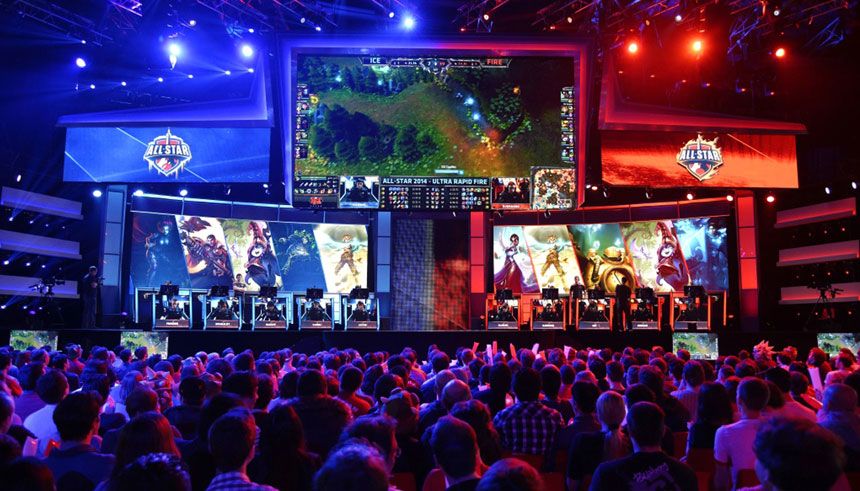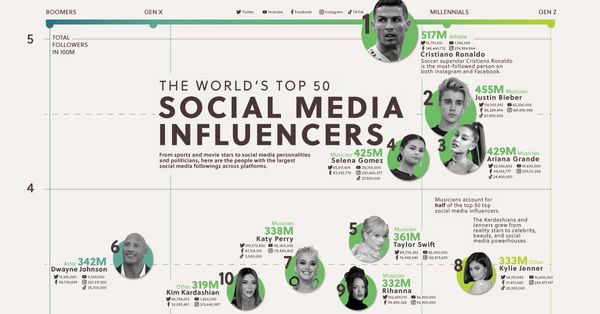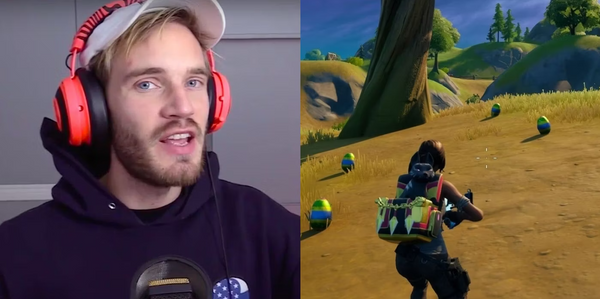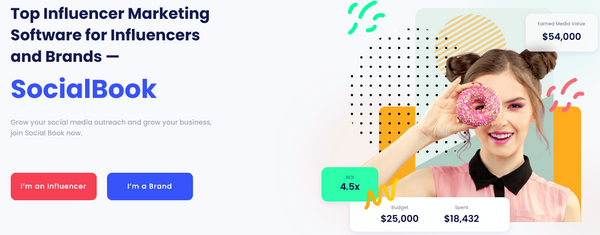Any regular gamer will immediately recognize the name, Ninja. Tyler Blevins has made quite a name for himself as a gaming influencer on both Twitch and YouTube. EA clearly identifies Ninja’s appeal and recently offered him $1 million to play their new game, Apex Legends, for a day livestreaming his progress. He was also required to tweet as he played.
While this news came from an anonymous source, first reported by Reuters, neither Ninja nor EA has disputed the claim. And Ninja is just one of the successful streamers that EA apparently paid to play and stream Apex Legends. The sizable sum indicates just how competitive the free-to-play battle royale genre is, with EA trying to compete with the highly popular game, Fortnite.
Ninja’s Million Dollar Day was February 5th
If Reuters’ anonymous source is correct, Ninja was paid $1 million to play and livestream Apex Legends on February 5th – the day after its release. Although EA won’t confirm the specifics, they did say that they had a “multi-part marketing program” for Apex Legends that included “paid engagements with some content creators at the launch of the game as we looked to quickly introduce the game to the world.”
Indeed, it wouldn’t have been an onerous day’s play for Ninja. EA also confirmed that “all Apex Legends streaming from content creators was completely organic” after midday on February 5th.
The day was clearly a success for EA. On its release date, Apex Legends doubled arch-rival, Fortnite’s concurrent viewership numbers. It is still performing well, nearly two months later.
Who is Ninja?
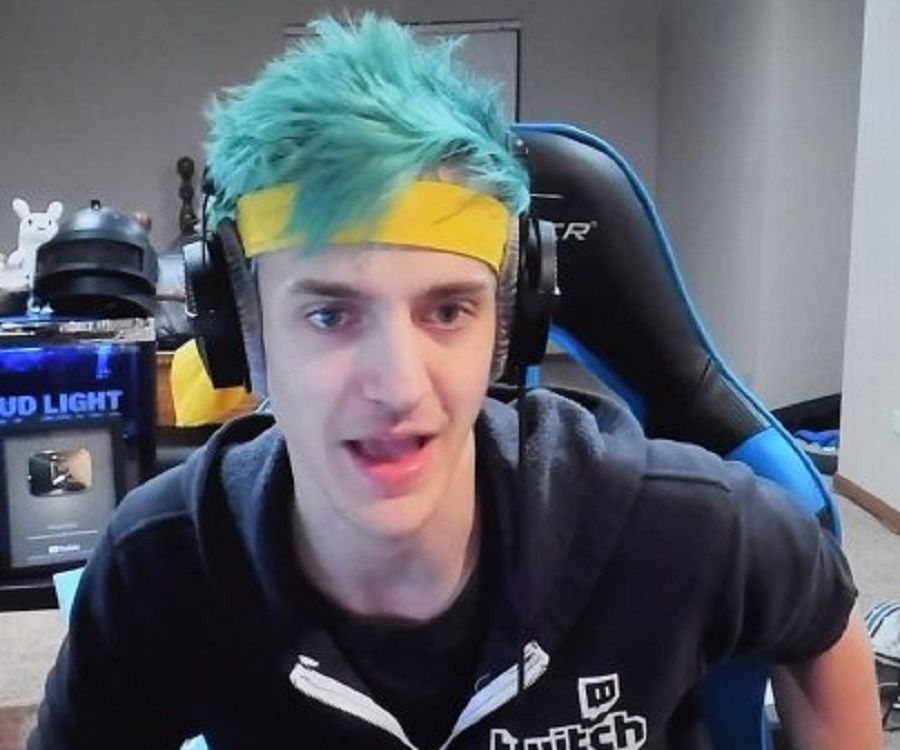
Ninja is an American Twitch streamer and YouTuber. He decided to play video games professionally when he left school, so he started entering tournaments, joining professional organizations and before long, live-streaming.
He began his professional gaming in 2009, playing Halo 3 for various teams, including Cloud9, Renegades, and Team Liquid. He is currently part of Luminosity Gaming. He has made a name for himself playing H1Z1, PlayerUnknown’s Battlegrounds (PUBG), and then Fortnite.
While we don’t keep Twitch records here at SocialBook, our subscribers can discover his detailed YouTube statistics. He may not livestream on YouTube, but you will find many highlights of his streaming there. He devotes one section of his YouTube channel to Apex Legends videos. These videos have currently had more than 75,000 video views. Indeed, Ninja has an incredible 21 million subscribers to his channel, so it is unsurprising that EA was determined to encourage him to play their new game.
Ninja is clearly also a favorite on Twitch, where he livestreams. He has 13.8 million followers on the platform, making him Twitch’s most-watched streamer. Although Fortnite is his game of choice, he continued to play Apex Legends for a couple of weeks after his paid day, and still plays the odd game.
He set a Twitch record for a single individual stream while playing Fortnite in September 2018, breaking it again a month later playing in Ninja Vegas 2018 (he had 667,000 live viewers).
He has even found fame offline, featuring on the cover of ESPN The Magazine in September 2018, merging eSports into traditional sports.
Ninja’s “Normal” Earnings
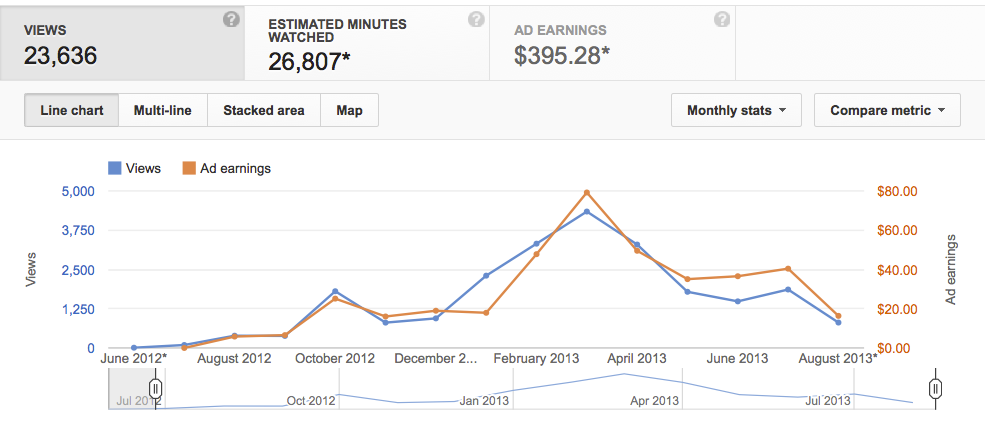
Readers who are SocialBook subscribers will be able to see our best calculation of what Ninja will typically charge his sponsors. We also provide his cost per 1000 views.
In an interview last November, Ninja admitted he’d made nearly $10 million up to that point in 2018. Each of his YouTube viewers watches a pop-up ad on his channel, and Ninja receives a percentage of the revenue from these ads. Learn how to start your monetization on YouTube. Remember that he has 21 million subscribers to his channel, and each of his 864 uploaded videos has millions of views. At the time of writing, he had 1,788,638,378 video views, which means that he would make quite a good sum from ads on these videos, alone.
His Twitch earnings, like the money EA paid him for playing Apex Legends, comes on top of his YouTube earning. He has about 27,000 paying subscribers, giving an amount to him each month (the amount varies, depending on which of the three subscription tiers each person selects, or whether, they subscribe as part of Amazon Prime).
As well as EA, Ninja has a series of sponsorship deals with companies such as Samsung, Uber Eats and Red Bull.
Kotaku reports that two people who worked with Ninja previously have both stated he was paid $600,000 for an event last year.
Of course, as a professional gamer, he will also earn prize money from the tournaments his team performs well in.
EA’s Marketing Campaign for Apex Legends was Unusual

EA chose a very non-traditional marketing path for their new game, Apex Legends. For a start, most game studios, including EA, give plenty of prior notice to their upcoming new games. In some cases, studios announce games up to a year ahead and then tease out publicity for it over the year. Many have trailers and teaser trailers, much like motion pictures.
In this case, however, EA first announced Apex Legends on a Sunday and released the game the next day. Sure, that Sunday just happened to be Super Bowl Sunday, but there were no paid ad spots during the super bowl, or indeed any other TV ads.
Instead, they chose to go straight to gaming’s largest influencers and paid for them to do their marketing for them.
The game quickly rocketed to the top of the Twitch charts, and 50 million players followed Ninja and the other influencers’ lead by joining the game. EA’s stock price and market value rose 16 percent in the three days after Apex Legends’ launch.
On the surface, $1 million may seem like an excessive amount to pay one streamer for a single day’s work (far more than most of us will ever receive in such a short time). But if you look in terms of the number of players that Ninja and friends pulled into the game, $1 million is almost a bargain. To put things into context, EA spent $641 million in total on marketing and sales in 2018.
Joost van Dreunen, the co-founder of Nielsen-owned gaming research firm SuperData, has calculated that if each user registered so far bought the most basic Apex Coin package, EA would take in $500 million.
An Organic Surge Helped Apex Legends’ Success
EA clearly pinned their hopes on Ninja and his fellow paid streamers liking the game and continuing to play it after their paid promotion. This did happen for a while after that initial launch. Indeed, Ninja still occasionally plays the game today. Streamers like Ninja, Michael “Shroud” Grzesiek, and Jack “CouRage” Dunlop, and other well-known gamers, continued to play Apex Legends’ days and weeks after it came out. This led to a mostly organic surge in its popularity.
Despite only being paid for that first day’s play, Ninja continued to disclose the sponsorship in his streams and on social media until February 8th. It is unclear whether he did this out of caution, or whether he was unclear as to how long his sponsorship period lasted.
The Rise of Gaming and eSports
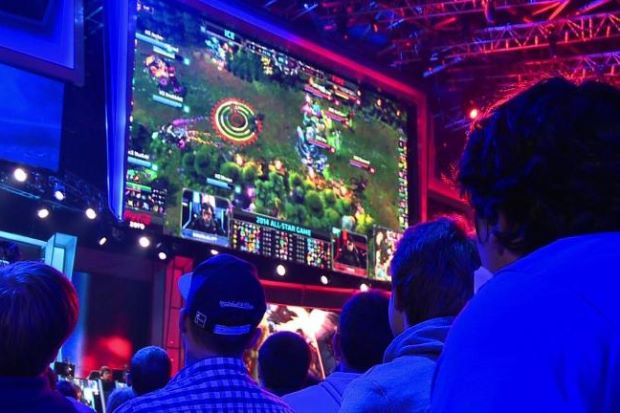
Ninja is one of a new breed of sportspeople. They play their sport electronically. eSports has got so big now that even traditional sports channels, like ESPN, recognize them. According to Statista, eSports earned $US696 million in revenue in 2017 and enjoyed a worldwide audience of 385 million. They expect eSports market revenue worldwide to be more than $1 billion in 2019.
eSports is dominated by multiplayer online battle arenas (MOBAs), such as Fortnite, League of Legends, DOTA, and now, hopefully for EA, Apex Legends.
Brands are beginning to realize that there are now more possibilities for sponsorship in eSports, than in traditional sport, where most rights are already tied up, and sponsorship can be highly competitive.
There are several paths that brands take if they want to participate in eSports sponsorship. Larger brands sponsor major gaming tournaments. Coca-Cola, for instance, sponsors the League Championship Series (LCS) and, more recently set up eCOPA Coca-Cola – a global EA Sports FIFA 18 tournament.
Some brands choose to sponsor individual gaming teams that participate in the tournaments. This is like brands sponsoring individual sportspeople in traditional sports like football, baseball, athletics, and basketball.
The third path that many brands take is to sponsor the broadcasters of eSports and “normal” video gaming. Some follow the path taken by EA and sponsor gaming livestreamers on their Twitch channel. Others sponsor (or pay for ads on) the YouTube channels where gamers show off their highlights videos.
Target Your Marketing to Your Audience
As with all influencer marketing and sponsorship, you will want to target your sponsorship dollars at the types of people who you want as your target customers. It made sense for EA to focus on gamers like Ninja because Ninja’s followers were the types of people that EA wants to play their game. Coca-Cola focuses more on a broader, more diverse audience with their tournament sponsorship because they target a relatively sizable demographic band with their drink sales.
EA has previously announced that one of the reasons that it has shifted its focus from television advertising to influencer marketing is because gamers play games year-round. EA would prefer to pay a relatively even amount each month to the types of gamers who like their games rather than spend a fortune on TV advertising just before they release a new game. They broke that pattern with Apex Legends, however, presumably because they wanted a large number of people in their game world at the game’s start.
How to Find Influencers Target Who Can Target Your Audience
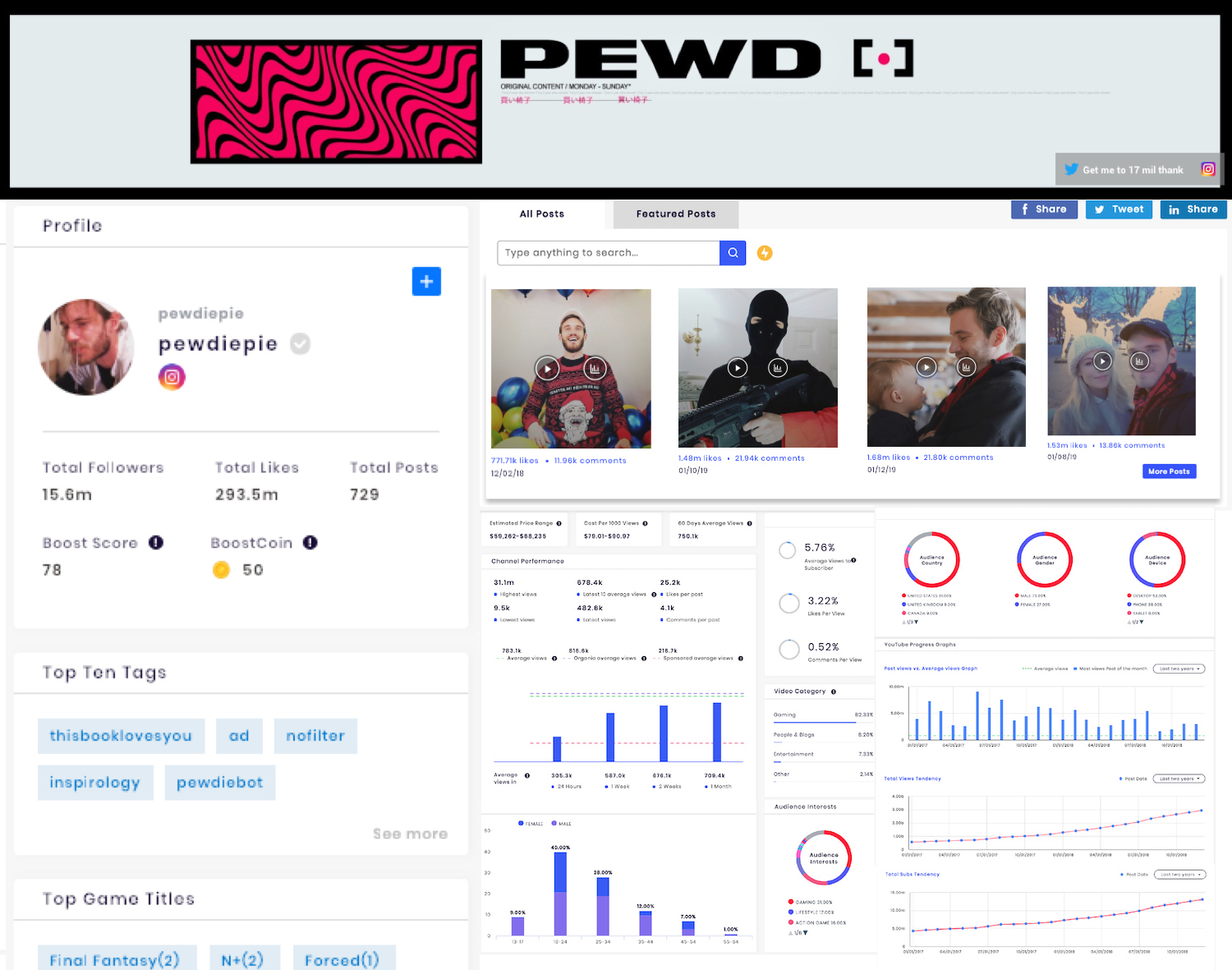
It is always easier said than done. There are too many influencers from too many different verticals. Which one is the right influencer for you and your product? How do you filter them? SocialBook has developed a tool that helps you generate active follower information including their geolocation, gender, age and interest so that you know if the influencer has the right audiences for you and your products.
Don't waste your time and budget on the wrong gaming influencers any more. Head on over to SocialBook for your next successful YouTube and Twitch influencer marketing campaign.

